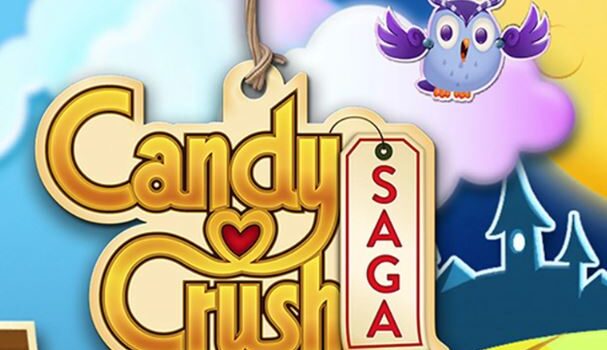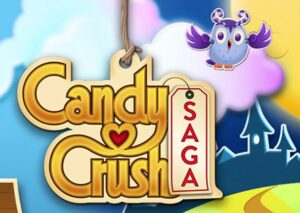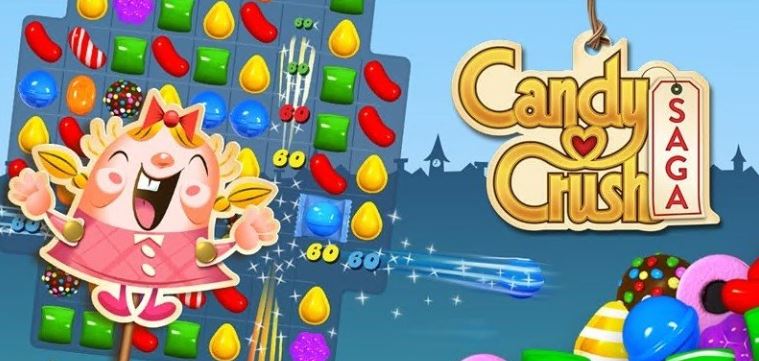 Games
Games
Unraveling the Sweet Success of Candy Crush Saga
Introduction:
Candy Crush Saga, a mobile puzzle game developed by King, has captured the hearts and minds of millions worldwide since its release in 2012. Its simple yet addictive gameplay, coupled with vibrant visuals and strategic challenges, has propelled it to become one of the most successful mobile games of all time. This essay delves into the phenomenon of Candy Crush Saga, exploring its gameplay mechanics, cultural impact, business model, and enduring popularity.

Gameplay Mechanics:
At its core, Candy Crush Saga presents players with a grid filled with colorful candies of various shapes and sizes. The objective is simple: match three or more candies of the same color to clear them from the board and achieve specific goals within a limited number of moves. As players progress through hundreds of levels, they encounter increasingly complex challenges, including obstacles, special candies, and strategic puzzles that require careful planning and foresight to overcome.
Addictive Appeal:
What sets Candy Crush Saga apart is its addictive nature. The game employs psychological principles such as variable rewards, progression loops, and social elements to keep players engaged and coming back for more. Each completed level provides a sense of accomplishment, while the allure of unlocking new levels and earning high scores fuels players’ desire to continue playing. Additionally, the game’s accessibility, with simple controls and short play sessions, makes it easy for players to pick up and enjoy anytime, anywhere.
Cultural Impact:
Candy Crush Saga’s cultural impact extends far beyond its gameplay mechanics. It has permeated popular culture, appearing in memes, references in television shows, and even influencing fashion and merchandise. The game’s colorful aesthetics and catchy music have become iconic, and instantly recognizable to millions of players worldwide. Furthermore, Candy Crush Saga’s success has paved the way for a plethora of similar puzzle games, solidifying its status as a trendsetter in the mobile gaming industry.

Business Model:
While Candy Crush Saga is free to download and play, it employs a freemium business model, generating revenue through in-app purchases and advertising. Players have the option to purchase boosters, extra lives, and other in-game items to aid their progress or bypass difficult levels. Additionally, King periodically releases new levels and events, enticing players to spend money to gain an edge or access exclusive content. This monetization strategy has proven immensely successful, making Candy Crush Saga one of the highest-grossing mobile games of all time.
Enduring Popularity:
Despite being released nearly a decade ago, Candy Crush Saga continues to enjoy widespread popularity and longevity. Its developer, King, regularly updates the game with new content, events, and features, keeping it fresh and engaging for both new and returning players. Moreover, the game’s strong community aspect, with social features like leaderboards and friend challenges, fosters a sense of camaraderie and competition among players, further fueling its longevity.
Conclusion:
Candy Crush Saga stands as a testament to the power of simple yet addictive gameplay, coupled with smart monetization and continuous updates. Its cultural impact, business success, and enduring popularity have solidified its status as a mobile gaming phenomenon. As players continue to indulge in its sugary delights, Candy Crush Saga remains a shining example of how a mobile game can captivate audiences and stand the test of time in an ever-evolving industry.




